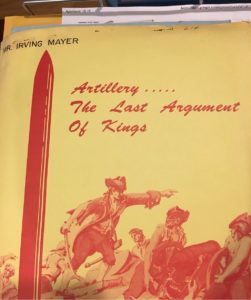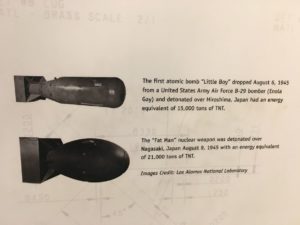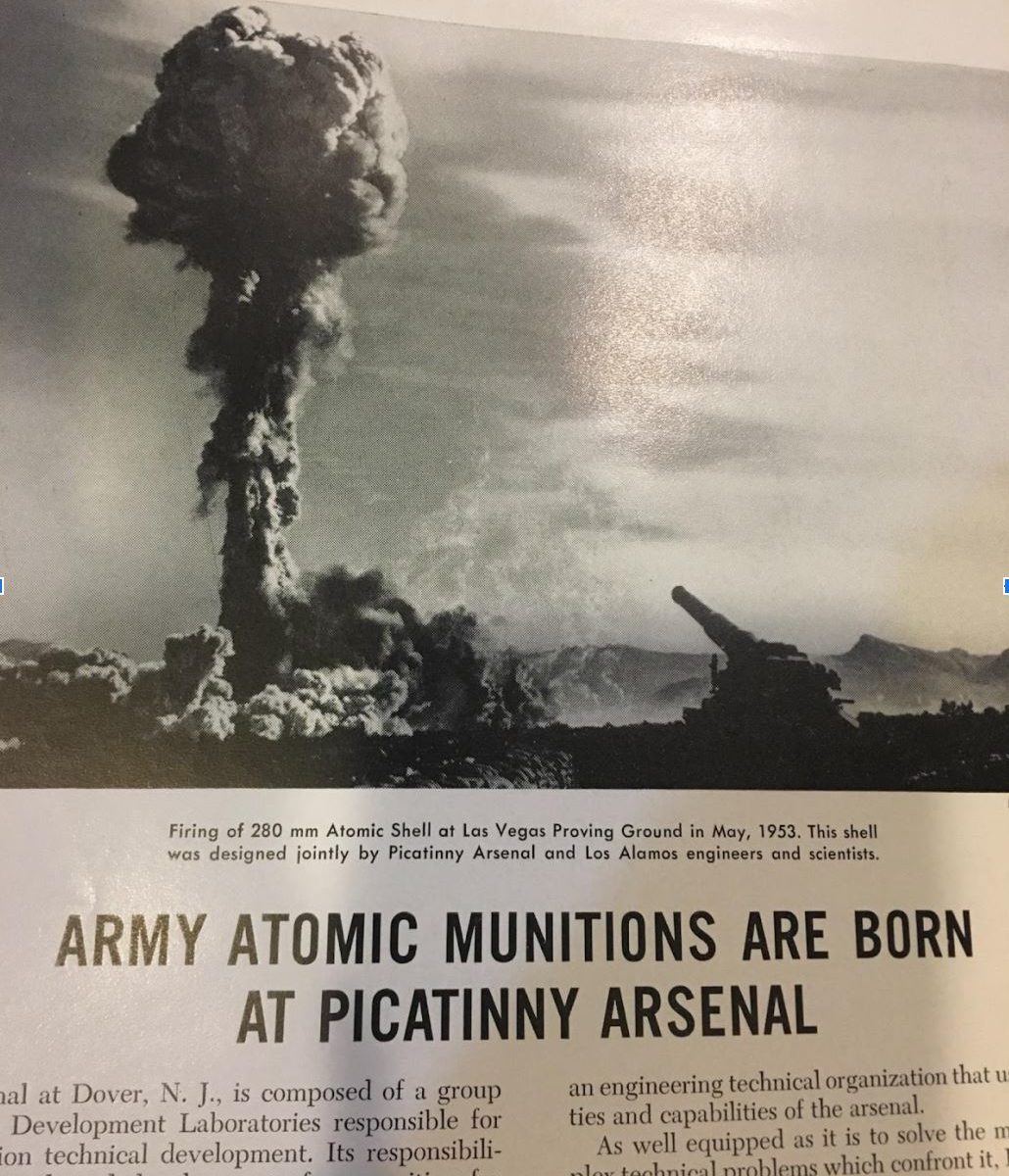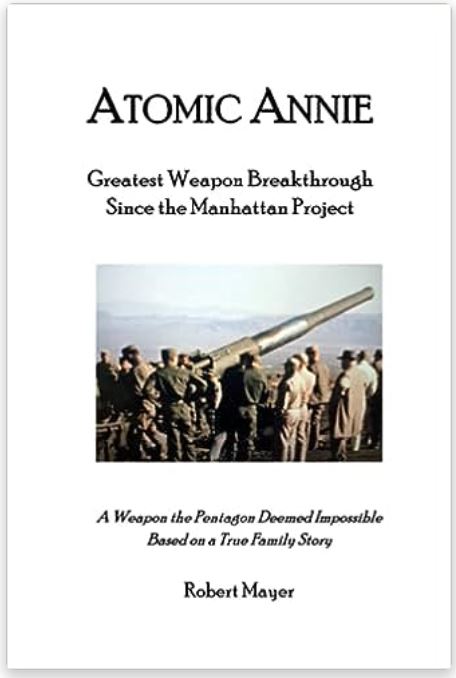
“God is on the side that has the best artillery”
……Napoleon
“Atomic artillery may prove to be the most effective ever created by man.”
…….US Army 1953
Atomic Artillery was conceived of a few years after World War II but it was considered impossible to do. There were 2 main concerns. First since no artillery shell had ever had a perfect firing record, one with the power of an atomic bomb could misfire and kill thousand of US troops. Second, from an engineering standpoint, is that the force of thrust needed to propel it out of a gun barrel would disrupt the fissile uranium core resulting again in either a catastrophic misfire or an ineffective, but radioactive dud. No wonder the engineers at the Pentagon deemed it impossible.
Where Atomic Artillery designed and manufactured?
Having been turned down by his peers at the Pentagon, Colonel Angelo R Del Campo, Jr went in search of a ballistics engineer in the US Army Ordnance Corps at Picatinny Arsenal in Morris County New Jersey.

Why Picatinny Arsenal?
Picatinny Arsenal had produced the most artillery shells for the US and the Allied forces in World War II. In fact Picatinny Arsenal has had a major impact on every conflict since the Revolutionary War:
-Provided General George Washington and his Continental Army with gun powder and supplies after he crossed the Delaware River during his layover in Morristown, New Jersey. It was during this layover that Alexander Hamilton met and married a Morristown girl.
As one of the outnumbered northern arsenals at the outbreak of the Civil War it provided gun powder and cannon balls to the North’s Union Army. After the Civil War the federal government made it the first Federal Arsenal and using government funds to expanded it’s production and manufacturing facilities.
Running 3 shifts 24/7 starting in 1940 to supply arms to our European Allies, it brought in thousands of assembly line workers to build munitions. Uncle Sam built an entire town to house Picatinny workers nearby. Named “Victory Gardens” it had thousands of small single family homes that were offered for free to anybody that relocated to work on the war-effort at Picatinny. The only cost, or caveat, that the occupants must have a food garden since, with thousands of “Rosie-the Riveters moving into the area, a food shortage was anticipated. It was incorporated as a borough a few years after WWII.

Typical home built to house Picatinny workers during the 24/7 war effort. In back is a small food garden to help feed the thousands of war effort workers that poured into Morris County New Jersey.
Picatinny also constructed a railroad to move the munitions from the assembly line to Morris County Airport where it could be transported to the large metropolitan Airports and flown to Europe. The railroad cars had special “sparkless metal” wheels so that none if the ammunition could be accidentally ignited.
So how powerful is an atomic artillery shell?
The initial shell developed at Picatinny Arsenal was planned to be as powerful as the Fat Man dropped on Hiroshima. Below are the comparative sizes of the first 3 Atomic Bombs that underwent a full military weapon detonation,




